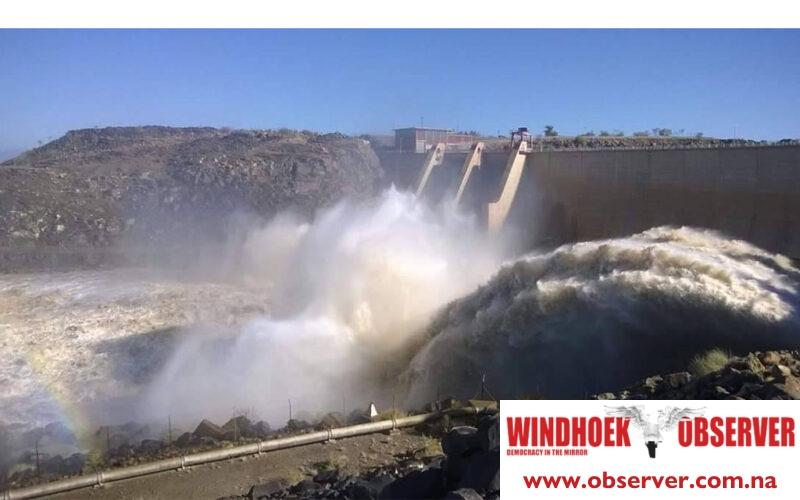Niël Terblanché
In a step closer to developing water security and supporting economic growth, Namibia is set to construct a second desalination plant along its coast.
In this regard, NamWater, the national water utility, has secured the services of Synergy International Consultants as a transaction advisor to develop an implementation model and provide essential legal, technical, and financial assistance for the project.
In a notice that was published in various national newspapers last week, NamWater stated that the initiative comes in response to the rising water demand driven by increased uranium mining, industrial development, and population growth.
The strategic decision is aimed at ensuring long-term water security, which is crucial for sustainable development and economic growth.
In 2023, NamWater proposed to the Cabinet the implementation of the desalination project through a joint venture with Swakop Uranium, which owns the Husab Uranium mine.
The Husab Mine is the largest consumer of water in the Erongo Region and the second-largest in the country after Windhoek.
According to the notice, legal due diligence confirmed the viability of this joint venture, paving the way for negotiations between NamWater and Swakop Uranium to develop the plant.
The Minister of Agriculture, Water, and Land Reform, Calle Schlettwein, announced the government’s endorsement during the Land Development Conference in Henties Bay.
He pointed to NamWater’s vital role in managing the country’s water supply infrastructure, which currently depends on the integrated water supply system comprising the Omdel and Kuiseb Delta aquifers and the existing Orano desalination plant.
At the time he said that these water sources collectively provide just under 30 million cubic meters annually, having reached their sustainable limits.
“With the ambitious development plans of Walvis Bay and Swakopmund, alongside increased mining, industrial, and agricultural demands, our current water resources are insufficient. Approval for a second desalination plant with a capacity of approximately 20 million cubic meters per year has been granted, with construction set to begin in January 2025 and completion anticipated by early 2027,” Schlettwein said.
According to the notice, the envisioned new desalination plant is not just about meeting immediate water needs; it is a strategic move to position Namibia as a leader in sustainable water management.
The plant will ensure a secure and reliable water supply, crucial for supporting the region’s economic activities and enhancing the quality of life for residents.
The project also aims to increase resilience in the Project Area up to 2050 by combining conventional water resources with a climate-independent water supply.
The project was conceptualized following a comprehensive Feasibility Study for a Desalination Plant and Water Transfer System, completed in 2021.
Funded by the German government through KfW, the study investigated three supply scenarios, with the immediate implementation of SS1 being approved by the Cabinet in July 2021.
SS1 focuses on supplying the Erongo Region, driven by the demand of customers previously supplied by the integrated system comprising the Omdel and Kuiseb aquifers and the Erongo Desalination Plant.
Discussions have also been held with the Botswana Government about potentially supplying water from the Namibian coast to Gaborone via a pipeline running through Windhoek.
According to the notice, this reflects Namibia’s broader vision of regional cooperation in addressing water security challenges.
This initiative represents a significant step towards securing Namibia’s water resources for future generations.
The notice stated that the latest step in the process aligns with NamWater’s vision of “Water for All, Forever,” ensuring that the nation remains resilient in the face of climate change and continues to thrive economically




